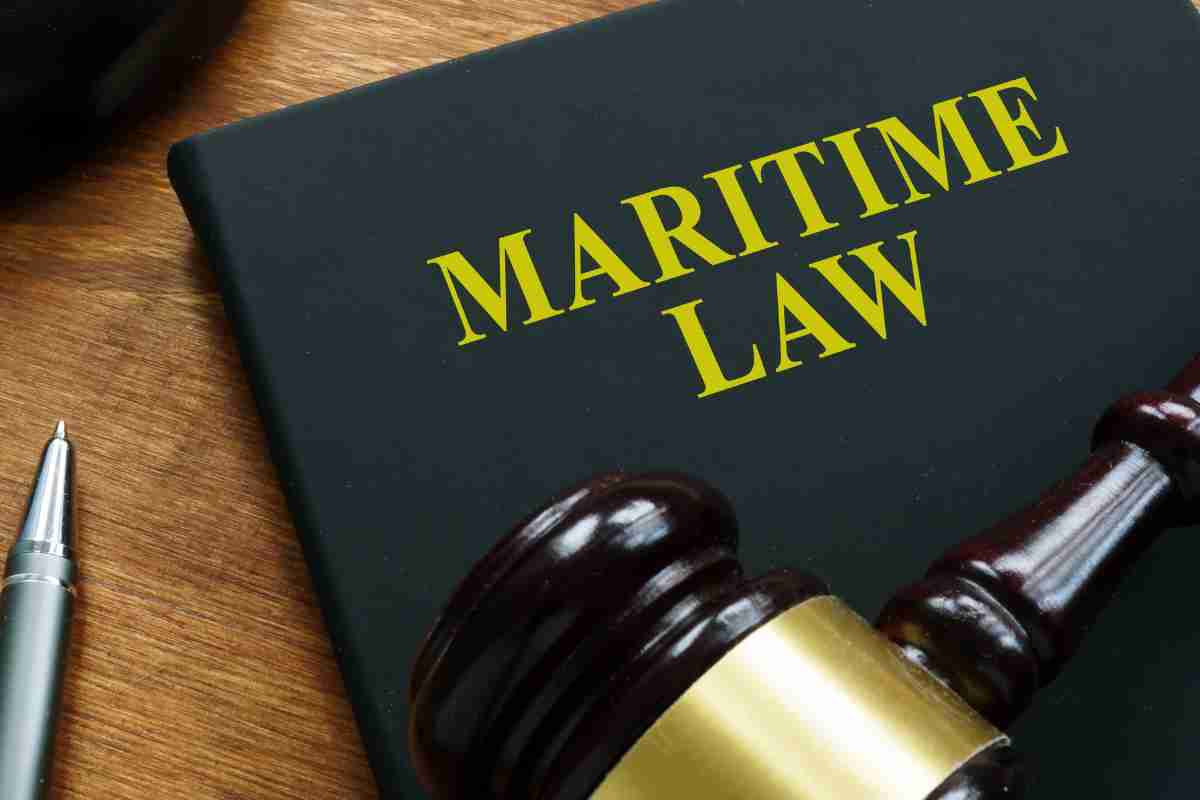US Maritime Law: Exploring Rules of the High Seas

US Maritime Law: Exploring Rules of the High Seas:- Navigating the vast and often unpredictable expanse of the world’s oceans requires a complex framework of laws and regulations. US Maritime Law, a subset of admiralty law, plays a pivotal role in ensuring order, safety, and fairness on the high seas. In this extensive exploration of the subject, we’ll delve into the intricacies of US Maritime Law, shedding light on its rules, principles, and global implications.
An Overview
US Maritime Law encompasses a wide range of regulations governing activities on the seas. Here, we’ll provide a comprehensive overview of this multifaceted legal domain, breaking it down into key sections for clarity.
Territorial Waters: A Maritime Border
Territorial waters extend 12 nautical miles from a country’s coastline and fall under the jurisdiction of that nation. Understanding this concept is crucial for grasping the reach of US Maritime Law.
Exclusive Economic Zone (EEZ): Resource Management
The EEZ stretches 200 nautical miles from a country’s coast and grants the coastal state exclusive rights to explore and exploit natural resources within this zone. US maritime law diligently safeguards these rights.
International Waters: The High Seas
Beyond the EEZ lies international waters, also known as the high seas. Here, US Maritime Law and international maritime law play a critical role in maintaining peace and regulating various activities, including shipping, fishing, and scientific research.
Admiralty Jurisdiction: The Courts at Sea
Maritime disputes often require specialized knowledge and legal expertise. Admiralty jurisdiction establishes specialized courts for handling maritime cases efficiently.
Also, Read Commercial Law in the USA: Ensuring Fair Business Practices
International Conventions: Global Cooperation
The United States actively participates in international conventions and treaties related to maritime law, fostering global cooperation and standardization of maritime regulations.
US Maritime Law in Action
Now that we’ve established the groundwork let’s examine how US Maritime Law functions in real-life scenarios and its impact on various aspects of maritime activities.
Cargo Shipping: Safe Passage
US Maritime Law ensures the safe transportation of goods by sea, addressing issues such as cargo liability, lading bills, and shipper responsibilities.
Environmental Protection: Preserving the Oceans
Preserving marine ecosystems is a global concern. US Maritime Law mandates strict regulations to prevent pollution, protect endangered species, and maintain the delicate balance of ocean ecosystems.
Salvage and Wreck Removal: Recovering Lost Assets
Salvage operations are governed by US Maritime Law, which outlines the rights and responsibilities of salvors and ensures fair compensation for their efforts.
Cruise Industry: Passenger Safety
Cruise ships that operate in US waters must adhere to stringent safety regulations, including emergency procedures, medical facilities, and passenger rights, all dictated by US Maritime Law.
Fishing Industry: Sustainable Practices
US Maritime Law promotes responsible fishing practices to prevent overfishing, protect marine habitats, and conserve fishery resources for future generations.
Maritime Accidents: Liability and Compensation
In unfortunate events like ship collisions or oil spills, US Maritime Law establishes liability and compensation procedures to provide just remedies for affected parties.
Frequently Asked Questions
What is the significance of territorial waters?
Territorial waters are crucial because they define a nation’s maritime boundary and jurisdiction over these waters, impacting activities like shipping, fishing, and resource exploitation.
How does US Maritime Law contribute to environmental protection?
US Maritime Law includes regulations that aim to protect the marine environment by preventing pollution, conserving endangered species, and promoting sustainable practices in the maritime industry.
What are the key responsibilities of salvors in salvage operations?
Salvors are responsible for safely recovering and protecting vessels or cargo in distress. US Maritime Law outlines their rights and obligations, including compensation for successful salvage operations.
How does US Maritime Law ensure passenger safety on cruise ships?
US Maritime Law enforces strict safety regulations on cruise ships, including emergency procedures, medical facilities, and passenger rights, to ensure the safety and well-being of passengers.
How does US Maritime Law address overfishing and sustainable fishing practices?
US Maritime Law promotes responsible fishing practices to prevent overfishing, protect marine habitats, and ensure the long-term sustainability of fisheries.
What recourse do individuals or entities have in case of maritime accidents?
In cases of maritime accidents like ship collisions or oil spills, US Maritime Law provides a legal framework for determining liability and ensuring fair compensation for affected parties.
Conclusion:
US Maritime Law is a complex and vital legal framework that governs activities on the high seas, safeguarding everything from cargo shipments to environmental preservation. Understanding these rules and regulations is essential for anyone involved in maritime activities. As the world continues to rely on the oceans for trade, transportation, and resources, the importance of US Maritime Law in ensuring order and fairness cannot be overstated.







